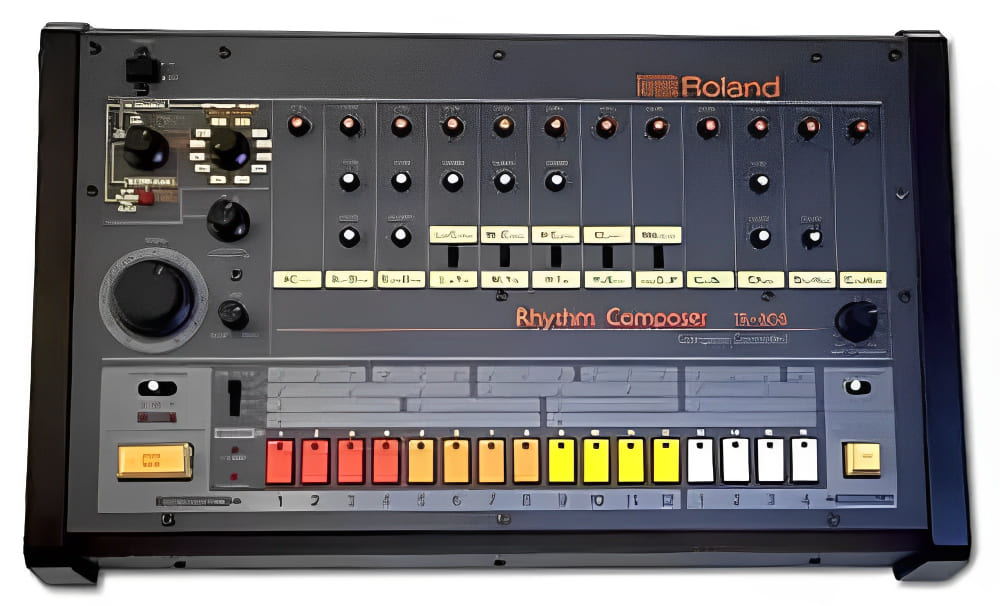What Is Trap Music? The Rise of a New Sound
Imagine you're walking down a dimly lit street in Atlanta, Georgia. The air is thick with the sound of rolling bass and the smell of smoke. As you approach a storefront, you hear the unmistakable beat of trap music blaring through the speakers. The lyrics tell stories of hustling, struggle, and triumph over adversity.
This is the world of trap music - a genre that has taken the music industry by storm in recent years. But what exactly is trap music, and how did it come to be? Let's dive in and find out.

In this article, you will learn:
What Is Trap Music
Trap music is a subgenre of electronic dance music (EDM) that emerged in the late 2000s and early 2010s. It originated from Southern hip-hop, where "trap" referred to places where drug dealing occurred. The genre's name has since been adopted by EDM producers and fans alike.
The main characteristic of trap music is its heavy use of drums and bass, with a focus on 808-style drum machines and rolling hi-hats. The tempo is typically slow, ranging from 100 to 140 beats per minute. The music often features aggressive, repetitive lyrics that are delivered in a rapid-fire style.
The use of the Roland TR-808 Rhythm Composer, also known as the 808, is an essential element in the production of trap music. This drum machine is one of the earliest instruments related to the development of hip-hop music, and without it, trap music would not exist.

Roland TR-808
Trap music gained mainstream popularity with the release of T.I.'s 2003 album "Trap Muzik" and Young Jeezy's 2005 album "Let's Get It: Thug Motivation 101". These albums introduced the iconic trap beat, which was created by producer Shawty Redd.
In the 2010s, the genre exploded in popularity and began to top mainstream hip-hop charts. Producers such as Lex Luger and Metro Boomin helped to drive the second wave of trap music's popularity.
Today, trap music has become a ubiquitous presence in the music world. Pop and R&B artists frequently incorporate trap elements into their songs, such as Katy Perry's "Dark Horse" and Beyonce's "7/11". Even K-pop superstars Bigbang have combined trap and dance-pop in their hit song "Bang Bang Bang".
Key Features of Trap Music
- 808-heavy beats: Trap music is characterized by its use of the Roland TR-808 drum machine, which provides the genre's distinctive bass-heavy, low-frequency kick drums, rapid hi-hats, and booming sub-bass lines.
- Triplets and syncopated rhythms: Trap music often features triplet and syncopated rhythms, especially in the hi-hats and snares, which contribute to its energetic and fast-paced feel.
- Dark and moody atmosphere: Trap music usually has a dark, moody, and ominous atmosphere, often created through minor key melodies and eerie sound effects.
- Aggressive lyrics: Trap lyrics often revolve around themes of street life, drug culture, and the struggles of growing up in impoverished areas. The lyrics are typically delivered in a confident and assertive manner.
- Heavy use of autotune and pitch-shifting: Trap music often employs the use of autotune, pitch-shifting, and other vocal effects to create a robotic or otherworldly vocal quality.
- Repetitive and catchy hooks: Trap songs often feature repetitive, catchy hooks that are easy to remember and sing along with.
Top 3 Trap Music Artists
There are many talented trap musicians, but here are the top three (in no particular order) and their classic trap music masterpieces:
T.I. - Often credited with popularizing trap music, T.I.'s 2003 album "Trap Muzik" is seen as a pioneering work in the genre. One of the album's standout tracks is "24's," which showcases T.I.'s storytelling and his ability to create infectious hooks over aggressive beats.
Gucci Mane - Gucci Mane has been a prolific and influential figure in the trap scene since the mid-2000s. His mixtape "Trap House" is considered a classic in the genre, with tracks like "Bricks" and "Make Tha Trap Say Aye" showcasing his distinctive flow and unique lyrical content.
Migos - This Atlanta-based trio has had a significant impact on the trap music landscape since the early 2010s. Their 2017 album "Culture" features the hit song "Bad and Boujee," which exemplifies their signature triplet flow and catchy hooks, as well as the track "T-Shirt," which showcases their ability to craft memorable and quotable lyrics.
These artists are just a few examples of the many talented trap musicians who have contributed to the genre's growth and evolution over the years.
Tips for Creating Trap Music
If you're a music lover, producer, or aspiring trap artist, here are some tips to help you create your own trap music:
- Get familiar with the genre: Listen to different trap songs and analyze their structure, rhythm, and sound design. This will help you understand the elements that make trap music unique and how to incorporate them into your own tracks.
- Experiment with sound design: Trap music is known for its heavy basslines, distorted synths, and unique sound effects. Don't be afraid to experiment with different sounds and effects to create your own signature sound.
- Collaborate with other artists: Collaborating with other artists can bring new ideas, perspectives, and skills to your music. Look for other trap producers or rappers to work with and share your music with.
- Use the right tools: To create high-quality trap music, you need the right tools. This includes a digital audio workstation (DAW), virtual instruments, and sample packs that contain trap-specific sounds and loops. You can also use hardware controllers like the TourBox to improve your workflow in music post-production.

By following these tips, you'll be well on your way to creating your own trap music. With dedication, practice, and the right tools, you can create music that stands out in the genre. Happy producing!